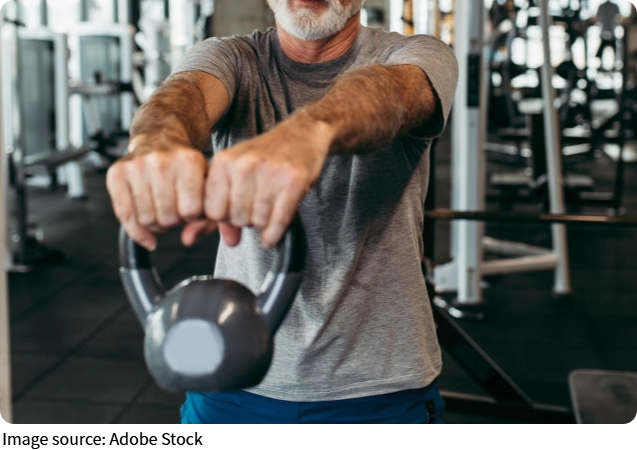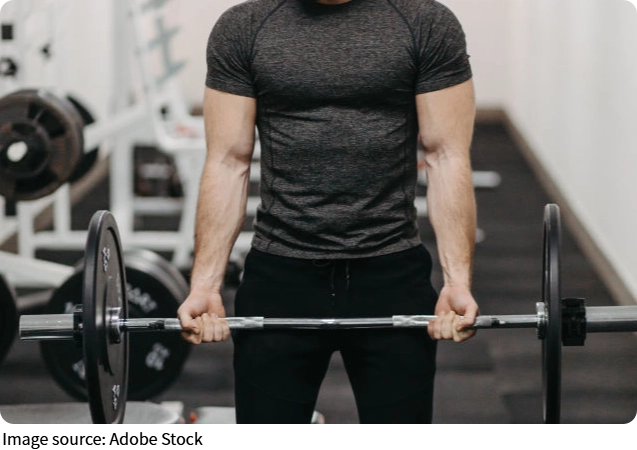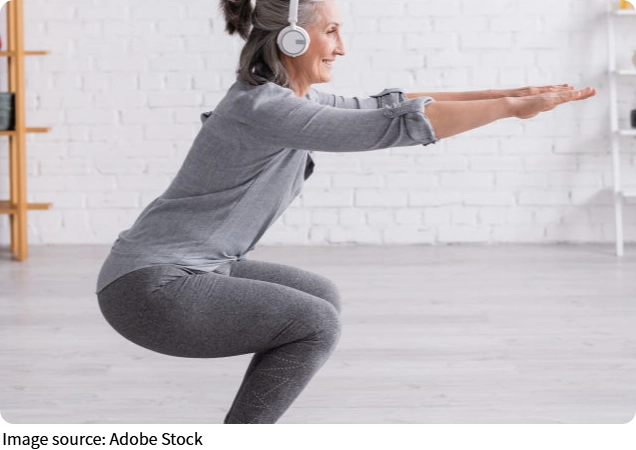What Is The Core?

The concept of the core has become very popular in fitness circles, especially among trainers and Pilates instructors. Often, it is simply linked to the abdominal muscles, but it actually refers to a much broader group of muscles surrounding the trunk.
This guide will explore the core's role, how to properly train it, and the benefits of maintaining a strong, balanced body for everyday activities.
The Core Explained
The True Meaning of Core
The core includes all muscles around the trunk, not just those in the front abdominal area. It involves muscles connected to the spine and pelvis, working together to stabilize the torso during movement.
This group includes muscles along the spine such as the longissimus, spinalis, and iliocostalis, as well as deeper muscles like the multifidus and rotators. It also involves the large gluteal muscles, psoas major and minor, iliacus, and the full set of abdominal muscles — including the obliques and transverse abdominis. Additionally, respiratory muscles, latissimus dorsi, and trapezius contribute to trunk stability.
Muscle Cooperation
All these muscles collaborate to position the ribcage correctly over the pelvis. Stability in this region is crucial when moving the arms or legs. Ignoring this network of muscles and focusing only on a few leads to imbalance and poor posture.

Training the Core Effectively
Functional Training Basics
Functional training aims to strengthen muscles in ways that improve everyday movement. It helps the body handle daily tasks more efficiently by teaching coordinated and controlled muscle activation.
Proper functional training respects individual physical characteristics and avoids generic routines that could increase injury risk.
Importance of Gradual Progression
Muscle inhibition can occur when communication between muscles and the nervous system weakens, often due to inactivity or injury.
Overcoming this requires time and specific exercises, especially isometric movements that encourage muscle activation without strain. Starting slowly with simple movements (regressions) before advancing to more challenging exercises (progressions) is essential for safe and effective results.
Tools and Techniques
Core exercises can be performed using body weight or various equipment designed to enhance balance, coordination, and muscle control. Common tools include balance trainers, resistance bands, stability balls, and sliding discs.
Examples of exercises are planks and side planks for upper body and trunk strength, squats and lunges for lower body engagement, and exercises performed on unstable surfaces to challenge balance.

Benefits of a Strong Core
Improved Daily Function
A well-conditioned core supports movements like opening doors, sitting upright, and carrying objects. Strength in this area promotes skeletal alignment against gravity, protects joints, and helps manage forces during walking or other activities.
Balanced Muscle Development
Balanced muscles prevent strain and support smooth, coordinated movements. Proper training avoids overemphasizing flexibility, which is often misunderstood. Instead, focus is placed on the joints’ natural ability to allow a range of motion depending on their structure, age, and health.
Factors Affecting Mobility
Joint function and available movement range depend on several elements:
- The unique shape and condition of the joint structures and surrounding connective tissues.
- The individual’s age and hormonal state.
- Any wear or damage affecting joint function.

Final Thoughts for Lykkers
Understanding the core as a complex group of muscles that stabilize the trunk rather than a single area changes the approach to training.
Functional and progressive exercise programs, tailored to individual needs, help maintain an active lifestyle, reduce injury risk, and improve overall strength and coordination. For those interested in developing their core, beginning under professional guidance is advised to ensure correct form and maximize benefits.
Maintaining a balanced, strong body supports everyday movements and promotes long-term wellness. A well-trained core is fundamental not only for athletic performance but for the comfort and efficiency of daily life.


